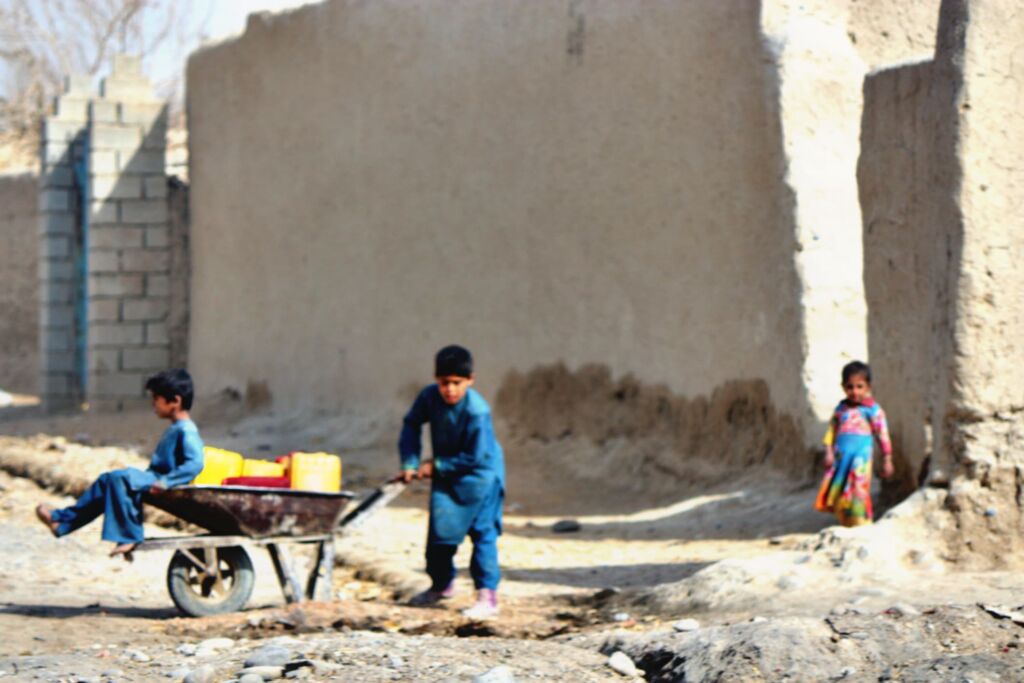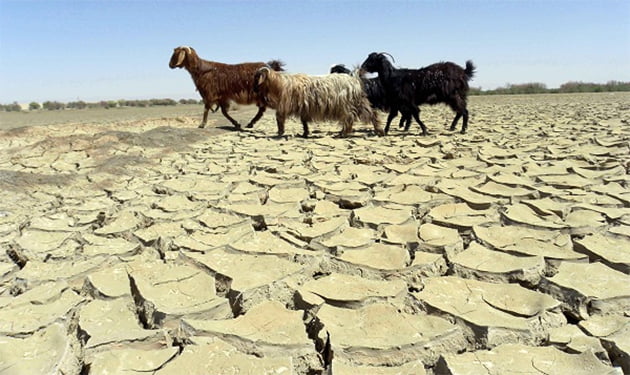Worrisome developments show that Afghanistan faces significant climate-related adversities, as indicated by a warmer-than-average winter and a conspicuous lack of snowfall. This situation, as highlighted by leading international NGOs, including Action Against Hunger, International Medical Corps, Islamic Relief Worldwide, Save the Children International, and World Vision International, points toward exacerbating drought conditions in a country already experiencing its most severe drought in 30 years.
Recent data, according to the collective analysis by these organizations, shows that Afghanistan received only between 45% and 60% of its average precipitation from October 1, 2023, to January 15, 2024, compared to previous years. This shortfall in precipitation is alarming, raising concerns over the continuation of water shortages after three successive years of drought. The situation threatens to deepen Afghanistan’s humanitarian and developmental crises further.
The impacts of these climatic changes are particularly severe for the country’s vulnerable populations. “Some 25 out of 34 provinces are suffering from either severe or catastrophic drought conditions, affecting more than half of Afghanistan’s 40 million population,” as reported by the NGOs mentioned earlier. The reduction in rain and snow poses a significant risk to subsistence agriculture, which most Afghans rely on for their livelihood.
Abdul Salam Haqqani, the deputy director of the National Environmental Protection Agency of the Taliban government, highlighted the broader implications of climate change during a press conference. Haqqani noted, “Rainfall has decreased by 37 percent, significantly impacting the availability of drinking water and leading to a shortage for 21 million people.” This statement underscores the gravity of the situation, as it affects over half of the nation’s population.

The consequences of these environmental challenges are dire. An estimated 7.8 million children are expected to face food insecurity in 2024, a situation that could lead to increased malnutrition and disease if unaddressed. “Four million pregnant or breastfeeding women and children under five years of age are currently suffering from acute malnutrition,” according to reports from the Integrated Food Security Phase Classification.
Decreased agricultural productivity and access to clean water have forced families to leave their homes for better living conditions, exacerbating poverty levels nationwide. Personal accounts, such as that of Razia, a 38-year-old mother of four, reveal the human aspect of the crisis. Razia told Action Against Hunger, “The day my husband finds work, he earns 250-300 Afghanis [about US$3-4], but he barely finds work for one or two days a week,” illustrating the dire economic conditions many Afghan families face.
Efforts to address these challenges have been hampered by insufficient international support. In 2023, “only 45% of the total humanitarian response needs were funded by donors,” a shortfall that has left millions of Afghans vulnerable. The international community’s engagement is crucial in fully funding the humanitarian response plan to prevent the crisis from escalating further.
In response to these mounting challenges, officials from the Taliban government’s Ministry of Higher Education announced plans for a significant meeting in Nangarhar to discuss the adverse effects of climate change. This initiative reflects a growing acknowledgment of the need for comprehensive strategies to combat environmental degradation and support Afghanistan’s vulnerable communities.
The United Nations Development Program (UNDP) and the United Nations Office for the Coordination of Humanitarian Affairs (OCHA) have also raised alarms about the increasing frequency of extreme weather events in Afghanistan, including droughts, floods, and landslides. These events pose a significant threat to the country’s agricultural sector, which is vital for the livelihoods of its population.
As Afghanistan faces these unprecedented environmental and humanitarian challenges, the call for international support has never been more urgent. Addressing the immediate needs of those affected by the drought and implementing long-term strategies to mitigate the effects of climate change are critical steps toward ensuring the resilience and sustainability of Afghanistan’s future.





